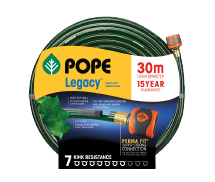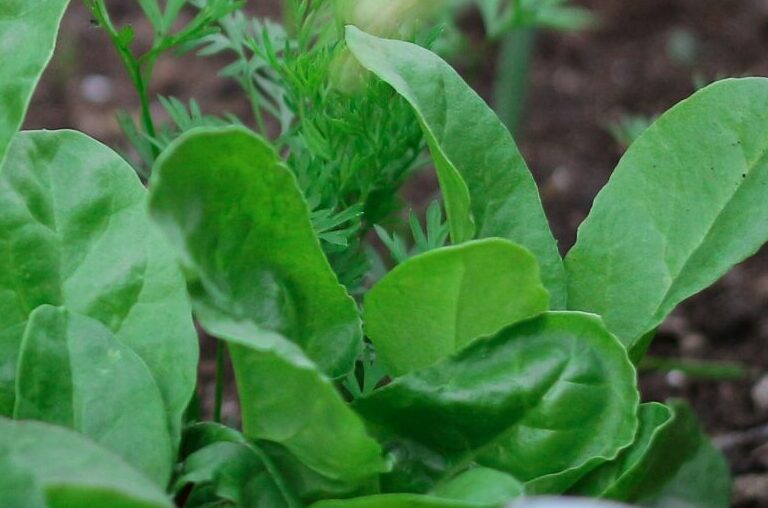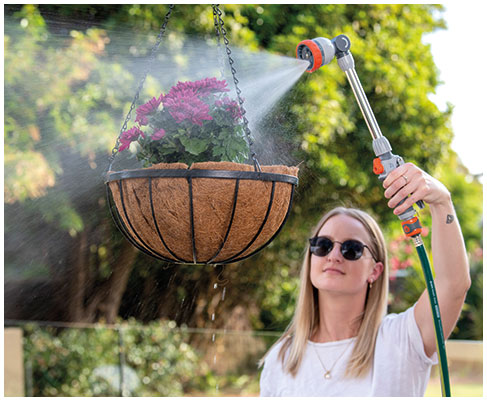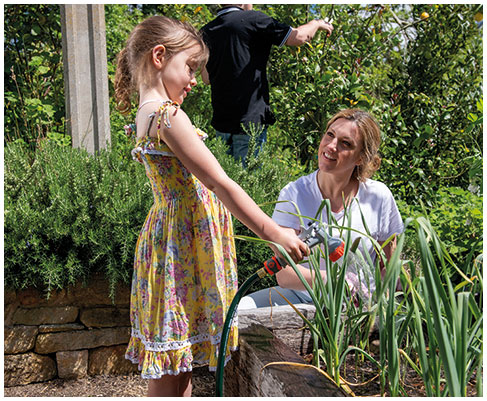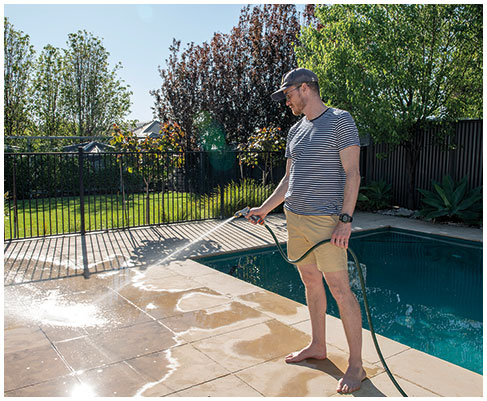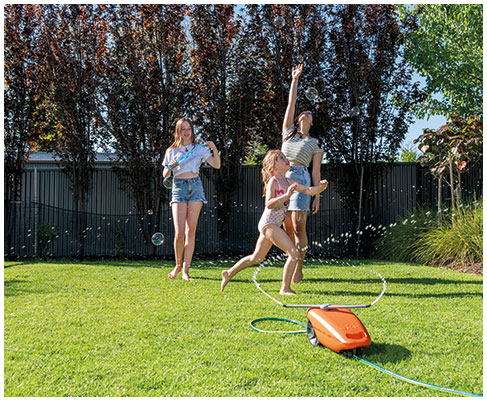Dwarf fruit trees in pots are a great alternative for your backyard for a number of reasons, whether you’ve got a balcony or courtyard, want a low maintenance fruit tree or you’re simply looking for a statement plant for the front yard. You might be surprised to learn that many regular fruit trees are available as dwarf fruit trees yet they can grow their fruit in a regular size – that way you’ve got a smaller fruit tree with the regular-sized fruit!
Having dwarf fruit trees in pots is a nice way to showcase your fruit tree without having to keep it in one area forever, and you can move it around during the year to get optimal sunshine exposure and drainage. True dwarf fruit trees are grown from being grafted or cut from an existing tree to create a compact yet fruitful plant that’s ideal for living in a pot.
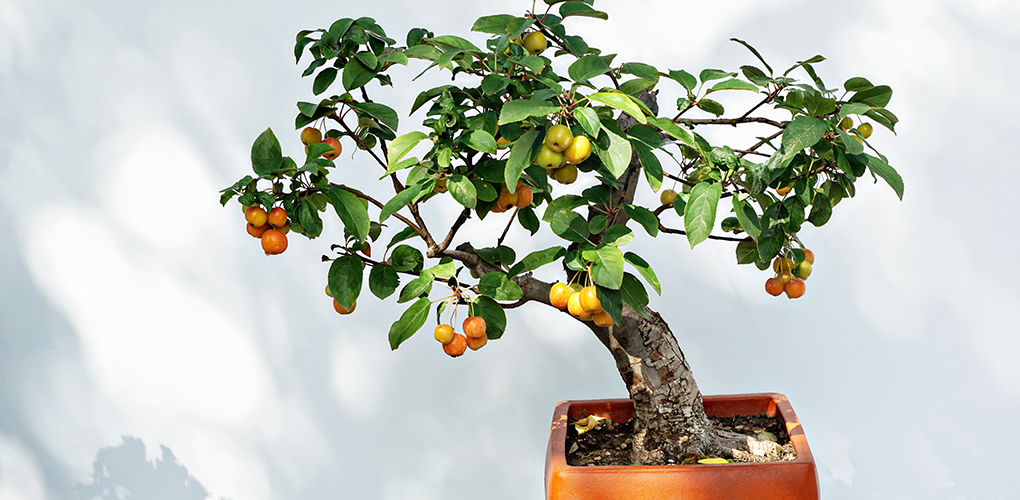
Advantages of planting dwarf fruit trees
● Makes a nice addition with pops of colour
● Begin to bear fruit 2-3 years after planting
● Move them around the garden for ideal sunny spots
● Only a few metres high, easy to prune without hassle
● Low maintenance, getting a net over it with ease
● Picking fruit isn’t strenuous work
● Add more varieties in your garden thanks to extra space
● Enjoy the harvest’s amount without fear of wasting fruit
● Integrate it easily to your irrigation system
● Espalier along your fence or wall
● Perfect for a feature pot in a courtyard or porch
Disadvantages of planting dwarf fruit trees
● Dwarf fruit trees don’t live as long as regular trees
● Lifespan between 10-15 years, regular trees from 30-40 years
● Won’t supply you the same amount of fruit as a full sized fruit tree
● Smaller root system means they’re vulnerable to drought
● Exposed easily to pests and diseases due to weak roots
● Can require more one-on-one attention that regular trees as they need more watering
● They can be difficult to propagate or stake into your garden, potting is the easier option
● Requires regular re-potting
How to grow dwarf fruit trees
Growing dwarf citrus fruit trees is quite popular in Australia as lemons, limes, and oranges can be expensive even during their peak seasons. It’s a nice addition to the front yard, adds a pop of colour, and offers convenience to your cooking regime for most of the year.
To be successful at planting and growing dwarf fruit trees you need to follow these steps:

Step 1
Select a wide and deep pot so your dwarf tree can grow for a few years, such as a half wine barrel

Step 2
Have a rich potting soil and slow release fertiliser ready to go

Step 3
Water your dwarf tree regularly, especially during the hotter months, and ensure soil is moist as their root system is restricted

Step 4
Add a thick layer of chopped sugar cane mulch to help retain the moisture and save on your water bills

Step 5
Place it somewhere with plenty of sunlight and move it around during the year for optimal sun exposure

Step 6
Get ready to prune your dwarf fruit tree even in dormant periods, this keeps the tree healthy and actively producing fruit later on

Step 7
During growing season fertilise your tree every 2-4 weeks with organic mix which encourages soil microbes

Step 8
Be prepared to re-pot your fruit tree to the next size up every 3-4 years, or prune the roots to keep in the same pot

Step 9
Be sure your plant isn’t top-heavy which can topple over during a storm or high impact
What kind of dwarf fruit trees are ideal for your backyard
Popular varieties of dwarf fruit trees are generally from the citrus or stone fruit family – it offers year round fruit and a beautiful addition to any garden no matter the size. Where you live depends on what will grow to its fullest potential as climate has a big impact on the growth and harvest of your dwarf fruit tree in Australia.
If you want to grow fruits from the Pome family (like apples, quince and pears), they have a chilling requirement of 300-1200 chilling hours at or below 7 degrees Celsius each year. When it comes to growing dwarf tropical fruit trees, they don’t have a chilling requirement, so growing dwarf mango trees can work in sub-tropical conditions!
You can even grow dwarf avocado, mulberry, pomegranate, peach, plum, apricot or cherry trees if your climate is ideal for the fruit to grow in. Take a nice trip to your local nursery and find out what fruits are ideal for your climate and backyard or courtyard – adding a lovely addition to your garden, it’s something you can be proud of and literally enjoy the fruits of your labour!

Pope’s DIY tip
Dwarf fruit trees are ideal for small gardens or courtyards but require some attention and irrigation. Reap the rewards and look after your dwarf tree like a baby – find out exactly which fruits work best in your climate via your local nursery.
● Makes a nice addition with pops of colour
● Begin to bear fruit 2-3 years after planting
● Move them around the garden for ideal sunny spots
● Only a few metres high, easy to prune without hassle
● Low maintenance, getting a net over it with ease
● Picking fruit isn’t strenuous work
● Add more varieties in your garden thanks to extra space
● Enjoy the harvest’s amount without fear of wasting fruit
● Integrate it easily to your irrigation system
● Espalier along your fence or wall
● Perfect for a feature pot in a courtyard or porch
● Dwarf fruit trees don’t live as long as regular trees
● Lifespan between 10-15 years, regular trees from 30-40 years
● Won’t supply you the same amount of fruit as a full sized fruit tree
● Smaller root system means they’re vulnerable to drought
● Exposed easily to pests and diseases due to weak roots
● Can require more one-on-one attention that regular trees as they need more watering
● They can be difficult to propagate or stake into your garden, potting is the easier option
● Requires regular re-potting
How to grow dwarf fruit trees
Growing dwarf citrus fruit trees is quite popular in Australia as lemons, limes, and oranges can be expensive even during their peak seasons. It’s a nice addition to the front yard, adds a pop of colour, and offers convenience to your cooking regime for most of the year.
To be successful at planting and growing dwarf fruit trees you need to follow these steps:

Step 1
Select a wide and deep pot so your dwarf tree can grow for a few years, such as a half wine barrel

Step 2
Have a rich potting soil and slow release fertiliser ready to go

Step 3
Water your dwarf tree regularly, especially during the hotter months, and ensure soil is moist as their root system is restricted

Step 4
Add a thick layer of chopped sugar cane mulch to help retain the moisture and save on your water bills

Step 5
Place it somewhere with plenty of sunlight and move it around during the year for optimal sun exposure

Step 6
Get ready to prune your dwarf fruit tree even in dormant periods, this keeps the tree healthy and actively producing fruit later on

Step 7
During growing season fertilise your tree every 2-4 weeks with organic mix which encourages soil microbes

Step 8
Be prepared to re-pot your fruit tree to the next size up every 3-4 years, or prune the roots to keep in the same pot

Step 9
Be sure your plant isn’t top-heavy which can topple over during a storm or high impact
What kind of dwarf fruit trees are ideal for your backyard
Popular varieties of dwarf fruit trees are generally from the citrus or stone fruit family – it offers year round fruit and a beautiful addition to any garden no matter the size. Where you live depends on what will grow to its fullest potential as climate has a big impact on the growth and harvest of your dwarf fruit tree in Australia.
If you want to grow fruits from the Pome family (like apples, quince and pears), they have a chilling requirement of 300-1200 chilling hours at or below 7 degrees Celsius each year. When it comes to growing dwarf tropical fruit trees, they don’t have a chilling requirement, so growing dwarf mango trees can work in sub-tropical conditions!
You can even grow dwarf avocado, mulberry, pomegranate, peach, plum, apricot or cherry trees if your climate is ideal for the fruit to grow in. Take a nice trip to your local nursery and find out what fruits are ideal for your climate and backyard or courtyard – adding a lovely addition to your garden, it’s something you can be proud of and literally enjoy the fruits of your labour!

Pope’s DIY tip
Dwarf fruit trees are ideal for small gardens or courtyards but require some attention and irrigation. Reap the rewards and look after your dwarf tree like a baby – find out exactly which fruits work best in your climate via your local nursery.
Growing dwarf citrus fruit trees is quite popular in Australia as lemons, limes, and oranges can be expensive even during their peak seasons. It’s a nice addition to the front yard, adds a pop of colour, and offers convenience to your cooking regime for most of the year.
To be successful at planting and growing dwarf fruit trees you need to follow these steps:

Step 1
Select a wide and deep pot so your dwarf tree can grow for a few years, such as a half wine barrel

Step 2
Have a rich potting soil and slow release fertiliser ready to go

Step 3
Water your dwarf tree regularly, especially during the hotter months, and ensure soil is moist as their root system is restricted

Step 4
Add a thick layer of chopped sugar cane mulch to help retain the moisture and save on your water bills

Step 5
Place it somewhere with plenty of sunlight and move it around during the year for optimal sun exposure

Step 6
Get ready to prune your dwarf fruit tree even in dormant periods, this keeps the tree healthy and actively producing fruit later on

Step 7
During growing season fertilise your tree every 2-4 weeks with organic mix which encourages soil microbes

Step 8
Be prepared to re-pot your fruit tree to the next size up every 3-4 years, or prune the roots to keep in the same pot

Step 9
Be sure your plant isn’t top-heavy which can topple over during a storm or high impact
Popular varieties of dwarf fruit trees are generally from the citrus or stone fruit family – it offers year round fruit and a beautiful addition to any garden no matter the size. Where you live depends on what will grow to its fullest potential as climate has a big impact on the growth and harvest of your dwarf fruit tree in Australia.
If you want to grow fruits from the Pome family (like apples, quince and pears), they have a chilling requirement of 300-1200 chilling hours at or below 7 degrees Celsius each year. When it comes to growing dwarf tropical fruit trees, they don’t have a chilling requirement, so growing dwarf mango trees can work in sub-tropical conditions!
You can even grow dwarf avocado, mulberry, pomegranate, peach, plum, apricot or cherry trees if your climate is ideal for the fruit to grow in. Take a nice trip to your local nursery and find out what fruits are ideal for your climate and backyard or courtyard – adding a lovely addition to your garden, it’s something you can be proud of and literally enjoy the fruits of your labour!

Pope’s DIY tip
Dwarf fruit trees are ideal for small gardens or courtyards but require some attention and irrigation. Reap the rewards and look after your dwarf tree like a baby – find out exactly which fruits work best in your climate via your local nursery.









